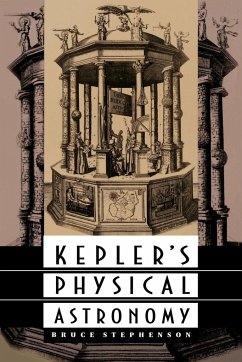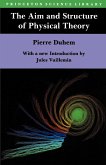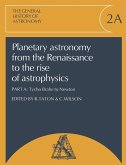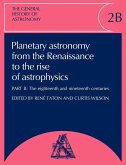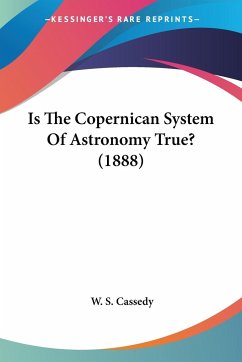From Hipparchus and Ptolemy in the ancient world, through Copernicus and Brahe in the sixteenth century, astronomers had used geometrical models to give a kinematic account of the movements of the sun, moon, and planets. Johannes Kepler revolutionized this most ancient of sciences by being the first to understand astronomy as a part of physics. By closely and clearly analyzing the texts of Kepler's great astronomical works, in particular the Astronomia nova of 1609, Bruce Stephenson demonstrates the importance of Kepler's physical principles--principles now known to be "incorrect"--in the creation of his first two laws of planetary motion.
Hinweis: Dieser Artikel kann nur an eine deutsche Lieferadresse ausgeliefert werden.
Hinweis: Dieser Artikel kann nur an eine deutsche Lieferadresse ausgeliefert werden.

